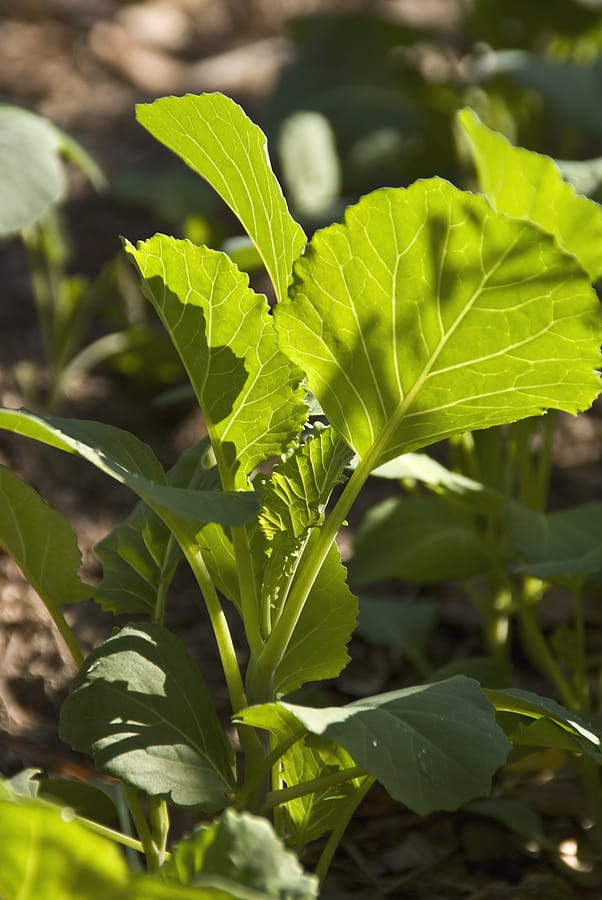September Flower Garden Tips Zone-by-Zone
The weather will direct your efforts in the garden in September — early autumn. While the first day of autumn will arrive on September 22, this month may seem like an extension of summer in many southern gardens. The first cold weather and even frost can come this month in northern gardens. Now is the […] More












